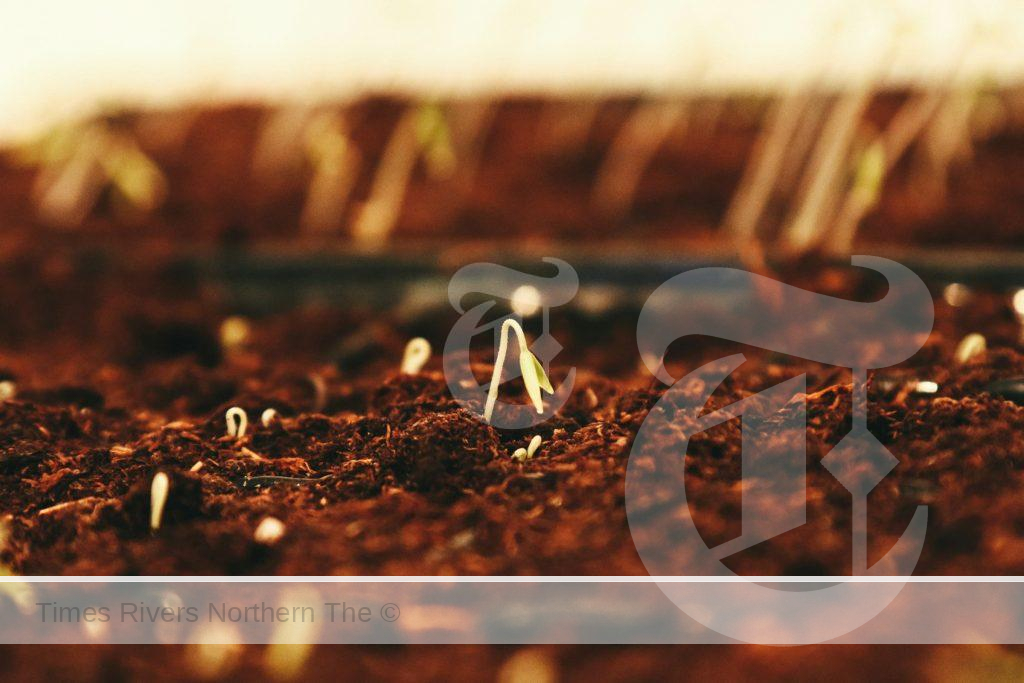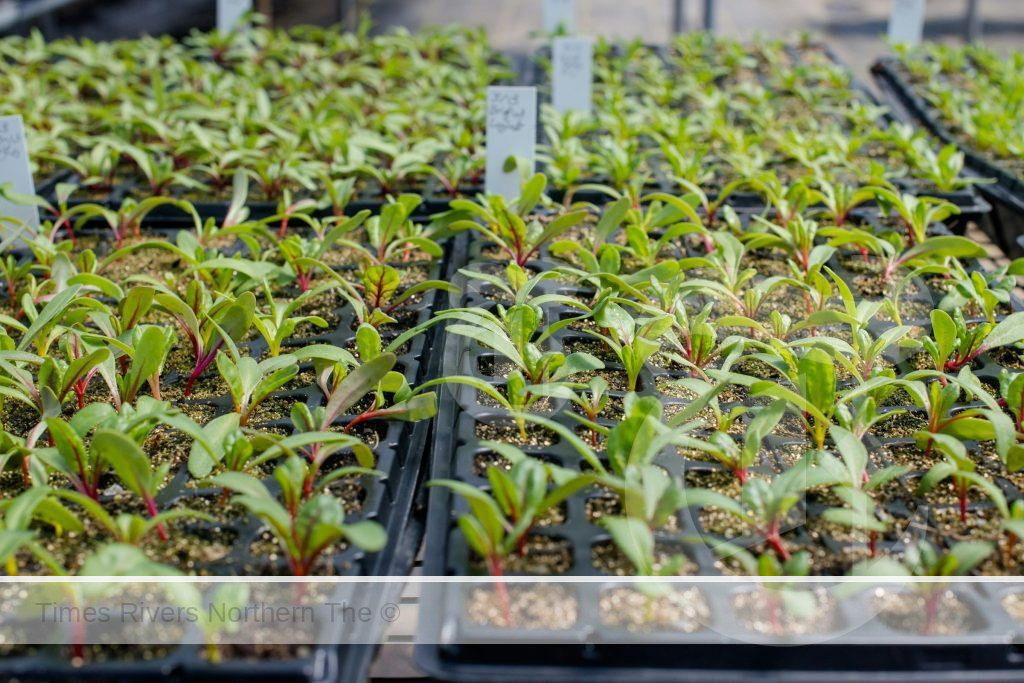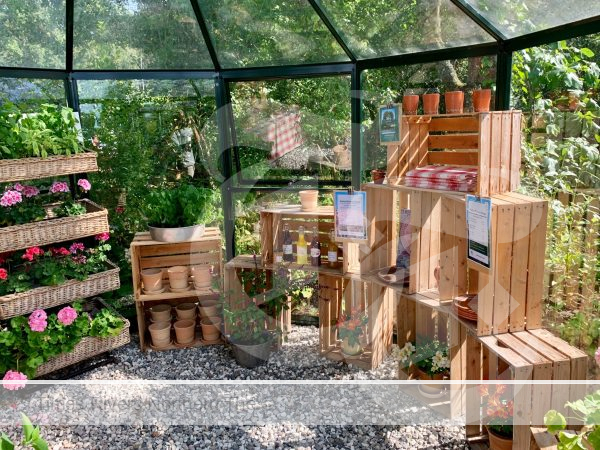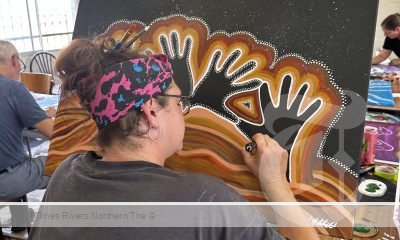An Overview of Australia’s Botanical Gardens
Australia is a vast and diverse land, boasting a myriad of unique ecosystems, flora, and fauna. While the expansive wilderness areas of the country offer a genuine representation of its natural beauty, its botanical gardens provide a meticulously curated glimpse into the rich tapestry of native plants and flowers, as well as exotic species from around the world. These gardens are not only places of recreation and relaxation but also function as crucial hubs for research, conservation, and public education. In this article, we explore some of the standout botanical gardens found Down Under.
Established in 1816, the Royal Botanic Garden in Sydney is the oldest scientific institution in Australia. Situated near the iconic Sydney Opera House, it spans over 30 hectares and houses a vast collection of native and exotic plants. The garden is also home to the Calyx, a hub of horticultural exhibits. With its themed garden areas and the picturesque backdrop of Sydney Harbour, it’s a must-visit for both locals and tourists alike.
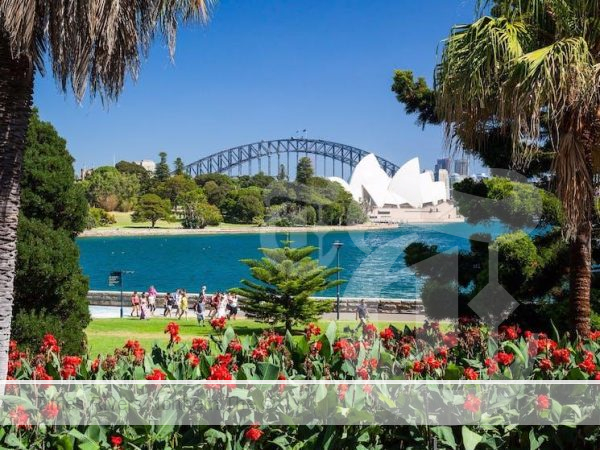
The Royal Botanic Garden, Sydney
These lush gardens in the heart of Melbourne stretch over 36 hectares and display more than 50,000 individual plants, representing over 8,500 different species. The gardens also feature the Children’s Garden, encouraging the younger generation to engage with nature, and the Ian Potter Foundation Children’s Garden, a haven for imaginative play.
Advertisements

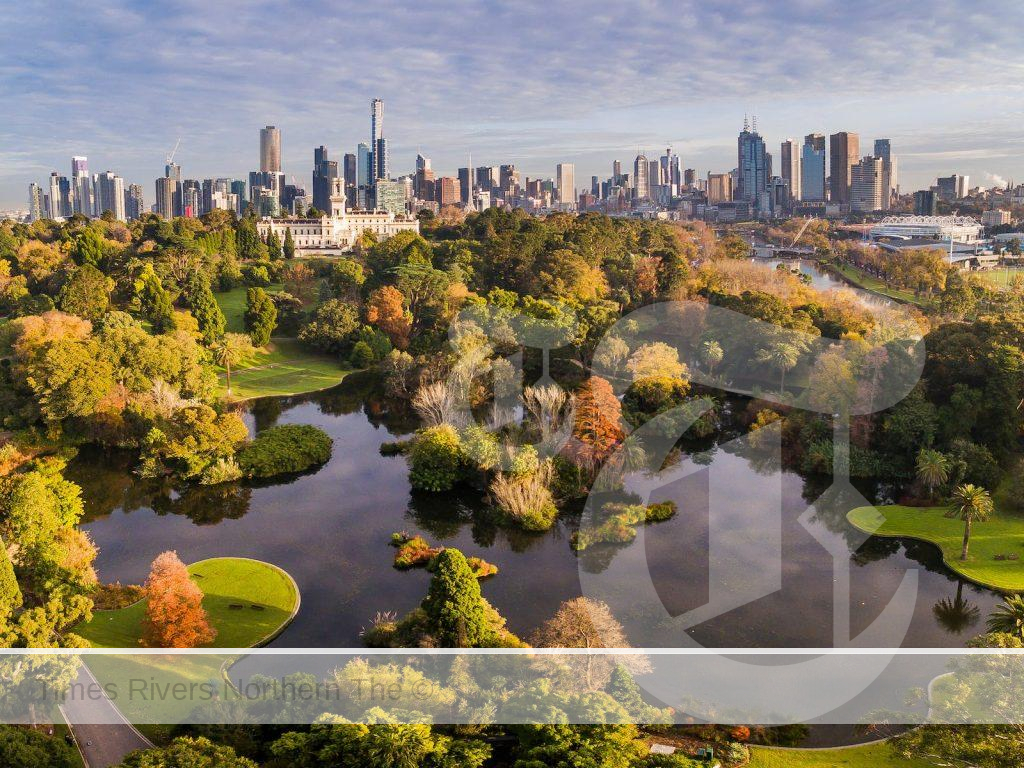
Royal Botanic Gardens Victoria – Melbourne Gardens
Located in the nation’s capital, this garden holds the world’s most extensive collection of Australian native plants. Dedicated to conserving the indigenous flora of Australia, it serves as both an aesthetic treat for visitors and a significant research hub. The Rainforest Gully, featuring plants from the eastern coastal rainforests, is a standout attraction.
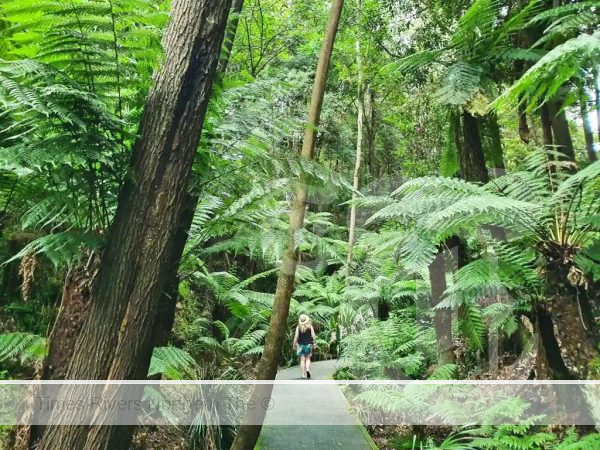
Australian National Botanic Gardens, Canberra.
Perched atop Mount Coot-tha, these gardens offer a magnificent view of Brisbane. The gardens are divided into thematic sections, showcasing ferns, bamboos, cacti, indigenous plants, and more. The Tropical Dome, a large geodesic dome, is a highlight, housing a collection of tropical plants from around the world.
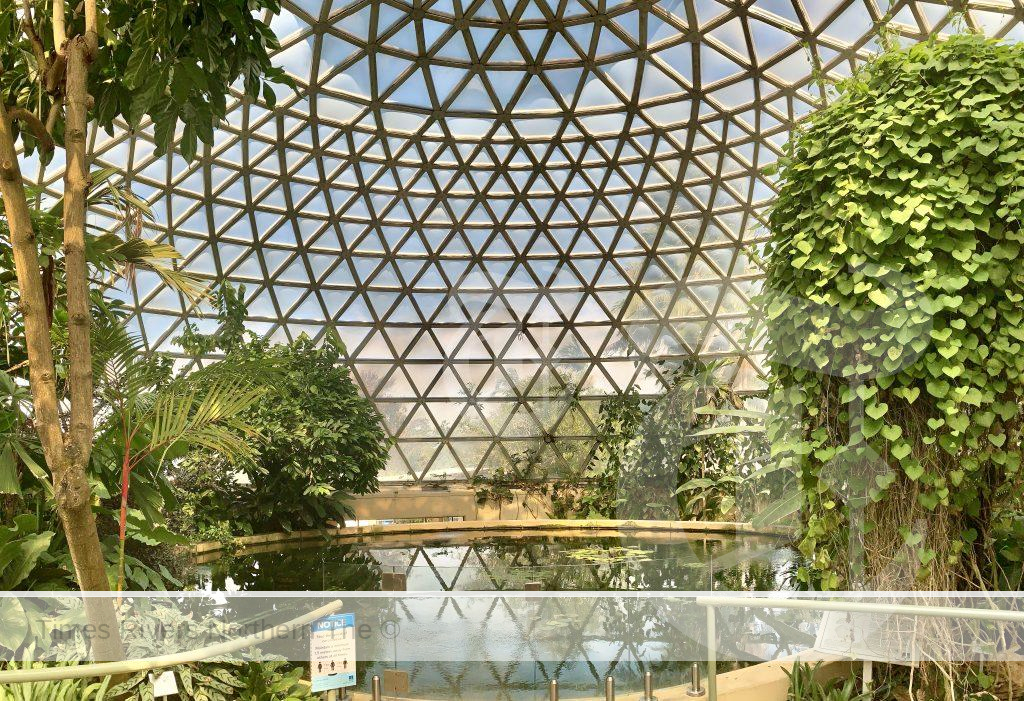
Brisbane Botanic Gardens Mount Coot-tha, Queensland
Situated in the heart of Adelaide, this garden spans 50 hectares and features both historical architecture and contemporary gardens. With its Palm House, an exquisite Victorian glasshouse, and its Bicentennial Conservatory, the garden showcases a rich array of plants, including endangered ones.
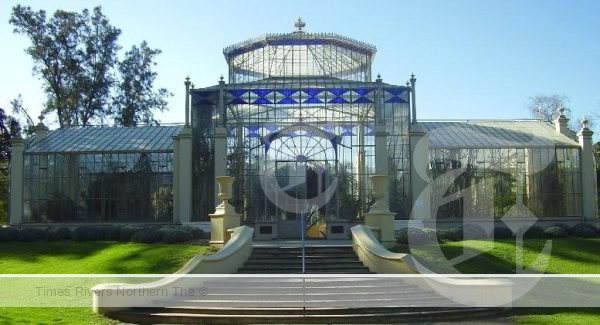
Adelaide Botanic Garden, South Australia.
Overlooking the city of Perth and the Swan River, Kings Park is one of the world’s most extensive inner-city parks. The park is renowned for its conservation efforts, especially for plants from the Western Australian region. Its annual wildflower display, featuring more than 25,000 species, is a vibrant spectacle that draws countless visitors.
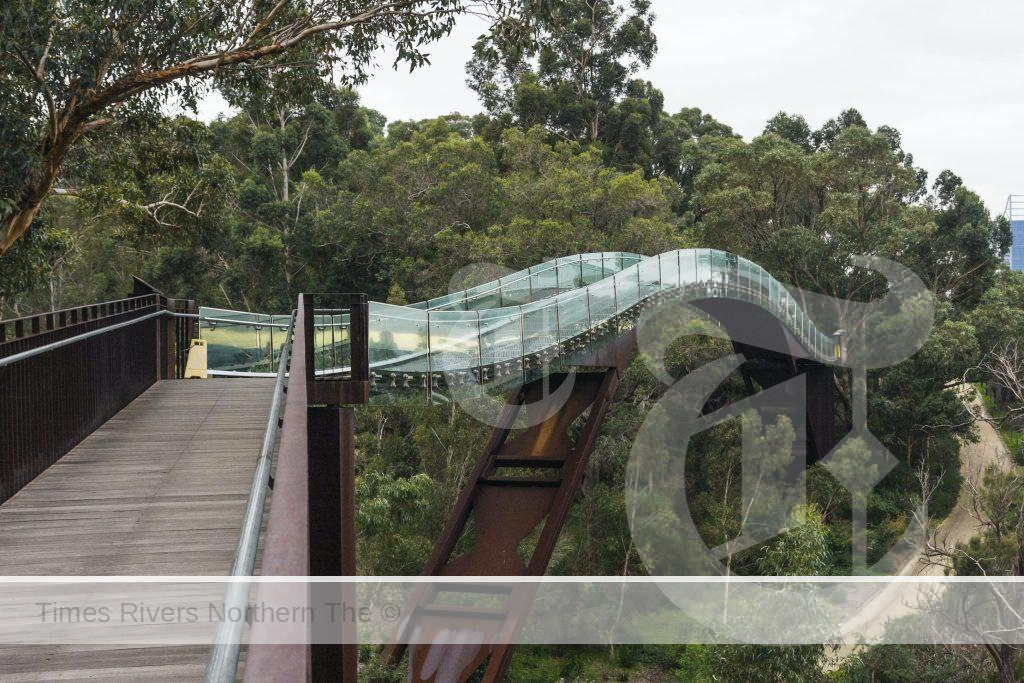
Kings Park and Botanic Garden, Perth.
Established in 1818, these gardens are the second oldest in Australia. They hold a significant collection of Tasmanian plants and are also renowned for their Subantarctic Plant House. This unique cooled house replicates the chilly conditions of the Subantarctic islands and showcases a range of flora from this remote region.
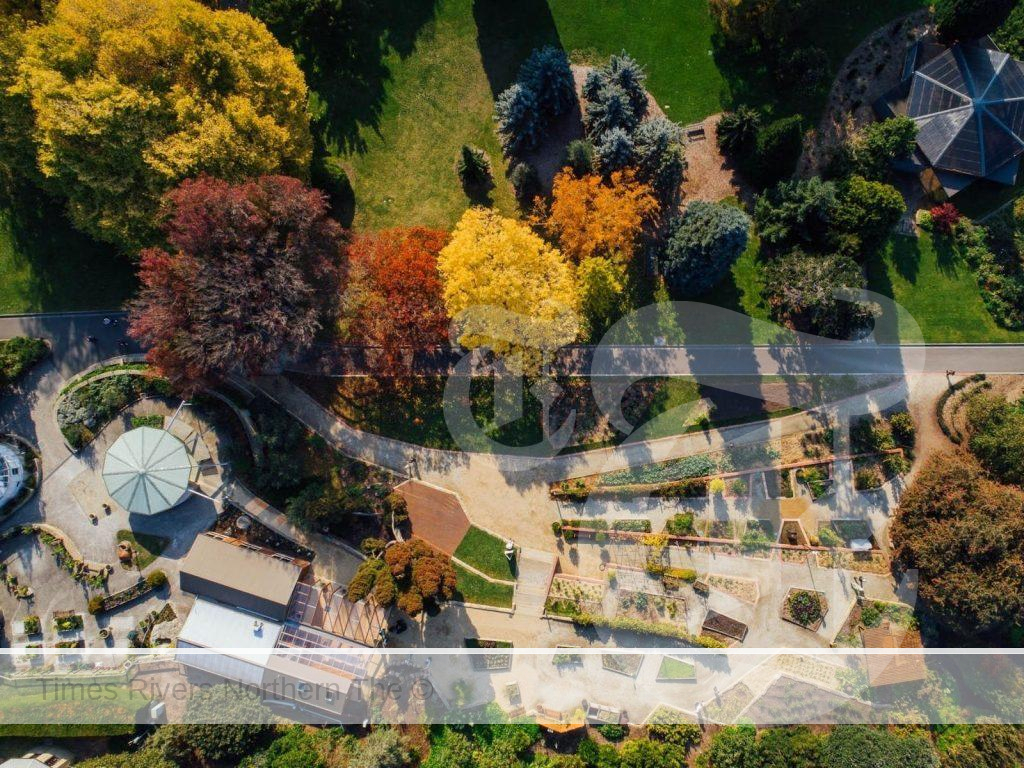
The Royal Tasmanian Botanical Gardens, Hobart
These gardens represent a unique fusion of both marine and estuarine shorelines. They specialise in flora from northern Australia and other tropical habitats. Given Darwin’s location, the gardens are a rich blend of tropical habitats, from mangroves to monsoon forests.
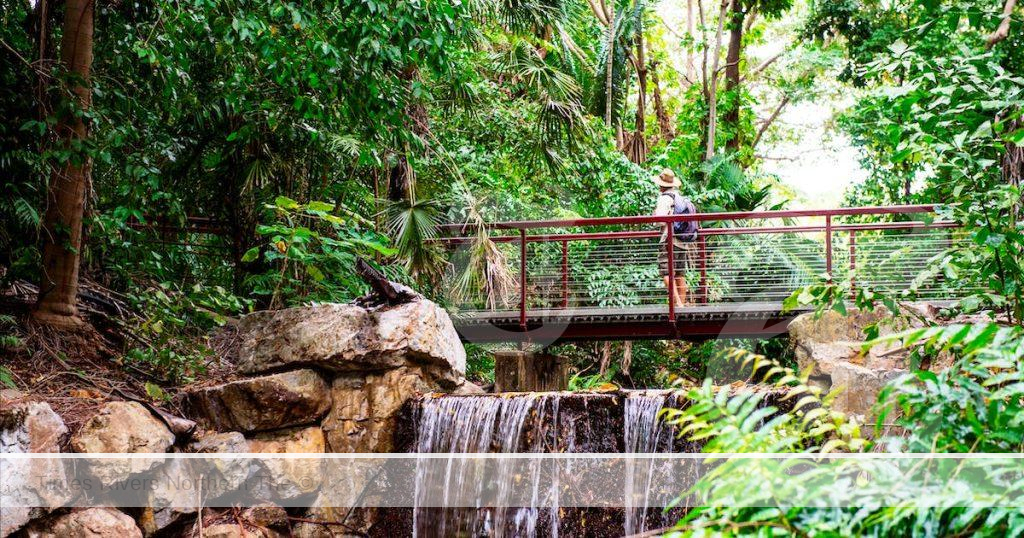
Darwin Botanic Gardens, Northern Territory.
An overview
Botanical gardens play a pivotal role in educating the public about the importance of plants, both for ecological balance and human survival. They preserve plant species, some of which are endangered, ensuring that future generations can enjoy their beauty and benefit from their utility. The gardens are also vital centres for research, offering insights into plant biology, evolution, and conservation.
Australia’s botanical gardens are a testament to the nation’s commitment to preserving its rich botanical heritage and promoting a deeper understanding of the plant kingdom. For anyone keen on delving into the world of plants, whether for their aesthetic, ecological, or scientific value, these gardens offer a treasure trove of experiences. As you walk their paths, take a moment to appreciate not only the beauty that surrounds you but also the intricate web of life that these plants support and represent.
For more gardening news, click here.

 Tweed Shire News2 years ago
Tweed Shire News2 years ago
 Motoring News1 year ago
Motoring News1 year ago
 COVID-19 Northern Rivers News3 years ago
COVID-19 Northern Rivers News3 years ago
 COVID-19 Northern Rivers News3 years ago
COVID-19 Northern Rivers News3 years ago
 Northern Rivers Local News3 years ago
Northern Rivers Local News3 years ago
 Health News3 years ago
Health News3 years ago
 COVID-19 Northern Rivers News3 years ago
COVID-19 Northern Rivers News3 years ago
 NSW Breaking News3 years ago
NSW Breaking News3 years ago
































